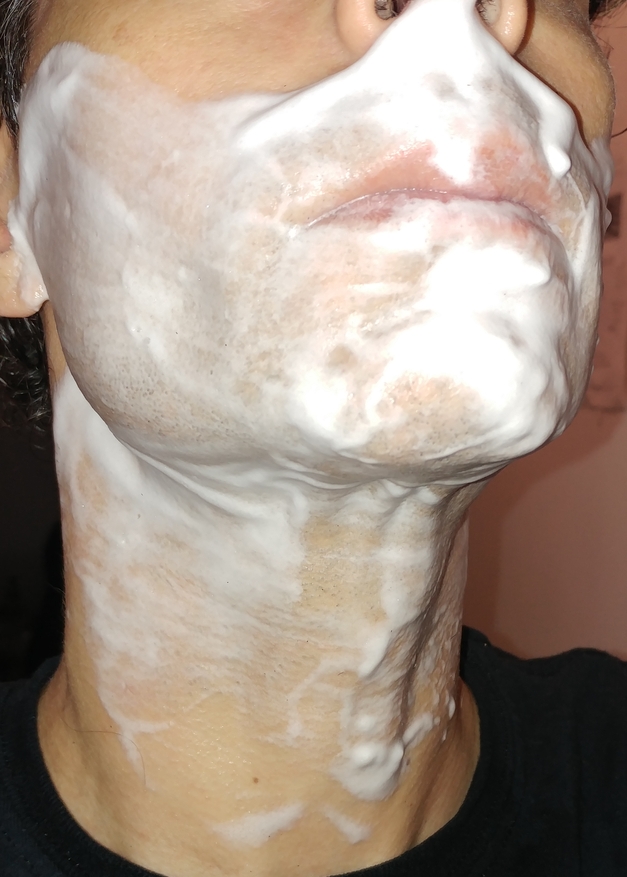- Thread starter
- #41
+1
I have never in 15 years of wet shaving ever achieved a lather as good with a brush as I can do with hand lathering. I've tried many brushes, from my $10 RR Big Bruce to my $150 silvertip Shave-Mac. This has held true for every soap I own all the way from my Arko to my Grooming Dept soaps. It's not for lack of trying either. Honestly, I keep trying with brushes hoping that one magical day I'll discover some secret that's been eluding me for years. I love absolutely everything about using a brush when shaving, except the lather is always disappointing.
Hand lathering is simplicity itself. The only thing trick is to keep things very, very wet. If soap hasn't dripped in a line of suds down to my elbow by the end of a shave, I know I didn't use enough water. As long as I carefully monitor the moisture level throughout the shave by adding a few drops of water to my palm periodically, no brush lather has ever come close. YMMV though.
Having said all that, I've yet to try the "expedited" lathering method described above. I have my fingers crossed that it will finally make an honest brush latherer out of me. Thanks for the great write-up Grant!
My pleasure, Nick. Thanks for your fascinating feedback. I've never tried face lathering with my hand instead of a brush. I'm curious how a quick or shortened face lather with a brush will work for you. Please, if you give it a go soon, get back here and let us know how it went.


 Pic required.
Pic required.

